‘Ranpo Gekiga vol. 1’, Illustrated Crime Fiction
This first volume in a series of three compiles short stories by Edogawa Ranpo, master of the thriller, adapted by leading manga artists.
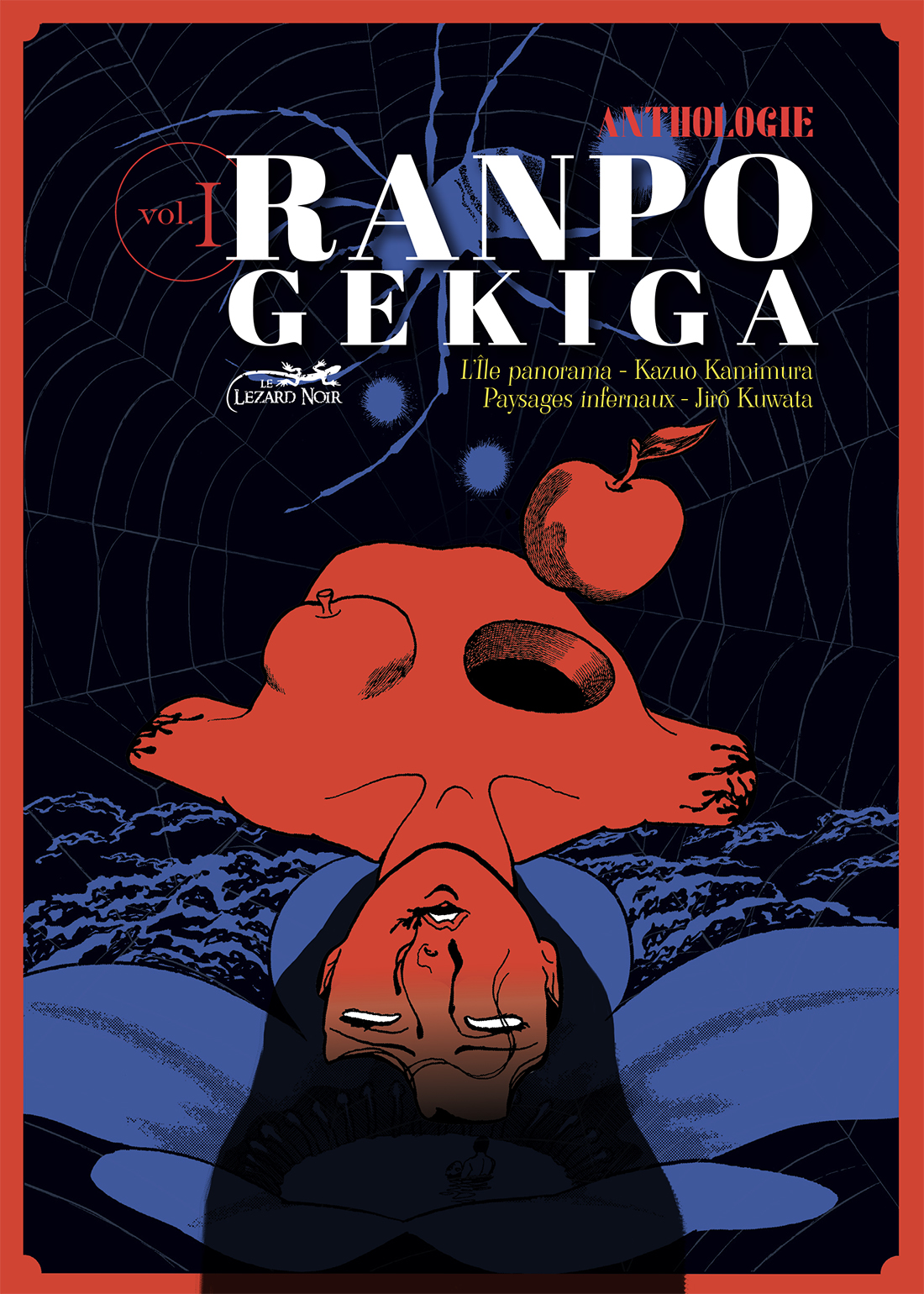
© Le Lézard Noir
He was one of the key founders of Japanese literature, and his work has been translated into French for the first time in the form of a manga. Edogawa Ranpo, real name Taro Hirai, was the master of the Japanese thriller genre, combining popular investigation and ero-guro, a genre that blends eroticism with the grotesque.
The mangaka involved are leading figures in gekiga, an artistic movement within manga that peaked in the 1960s and 1970s and that tackles serious, societal issues, aimed at adults because they are intended to correspond to their concerns and sensibilities.
An artist inspired by Edgar Allan Poe
The first volume of this anthology is composed of two short stories: ‘L’île panorama’ (‘The Strange Tale of Panorama Island’) and ‘Paysages infernaux’ (‘Infernal Landscapes’). The first tells the story of the construction of an ‘ideal’ island, where the operative words are murder, identity theft, trickery, and delirium. It’s a certain idea of utopia…
This text, around one hundred pages long, is translated into illustrations and speech bubbles by mangaka Kazuo Kamimura. The latter was nicknamed ‘the painter of the Showa era’ and achieved posthumous recognition internationally: he was the co-creator of Shirayuki-hime, a manga that Quentin Tarantino has regularly cited as one of his main sources of inspiration for Kill Bill. The second short story is ‘Paysages infernaux’, this time illustrated by Jiro Kuwata, a mangaka known particularly for adapting the story of Batman into a manga in 1966.
This anthology allows readers to immerse themselves in Edogawa Ranpo’s protean body of work, which has already been adapted into manga form and for television and cinema in Japan. The artist was heavily inspired by authors Maurice Leblanc and Arthur Conan Doyle, but particularly by Edgar Allan Poe, to whom he owes his pseudonym. Indeed, Edogawa Ranpo is the Japanese phonetic transposition of the name of the author of The Raven. Since 1955, the Edogawa-Ranpo Prize has been awarded every year in Japan for the best crime novel.
Ranpo Gekiga vol. 1 (2021), short stories by Edogawa Ranpo adapted into manga, is published by Lézard Noir (not currently available in English).
The Strange Tale of Panorama Island (2013), a manga illustrated by Suehiro Maruo, is available in English, published by Last Gasp.
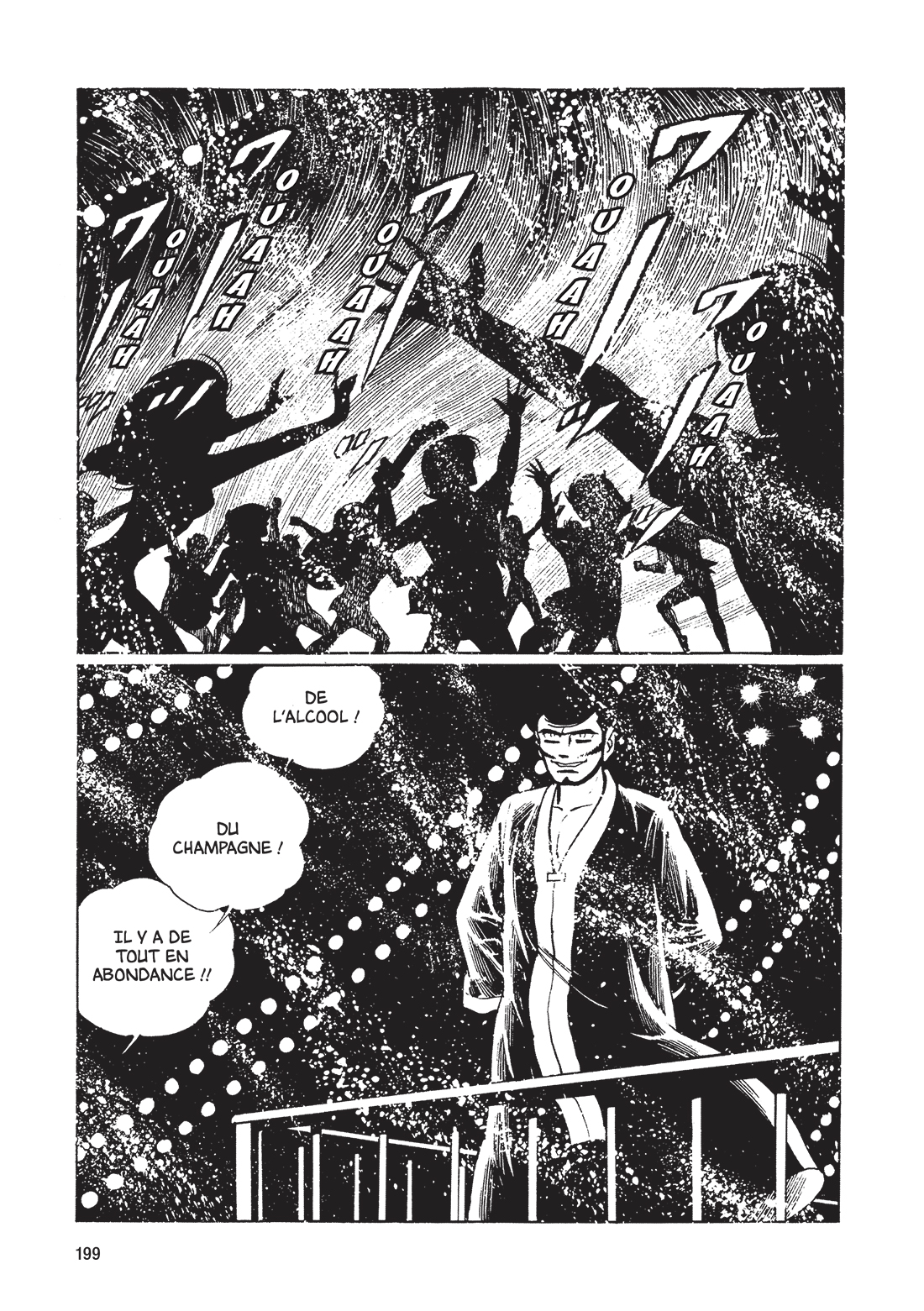
© Le Lézard Noir
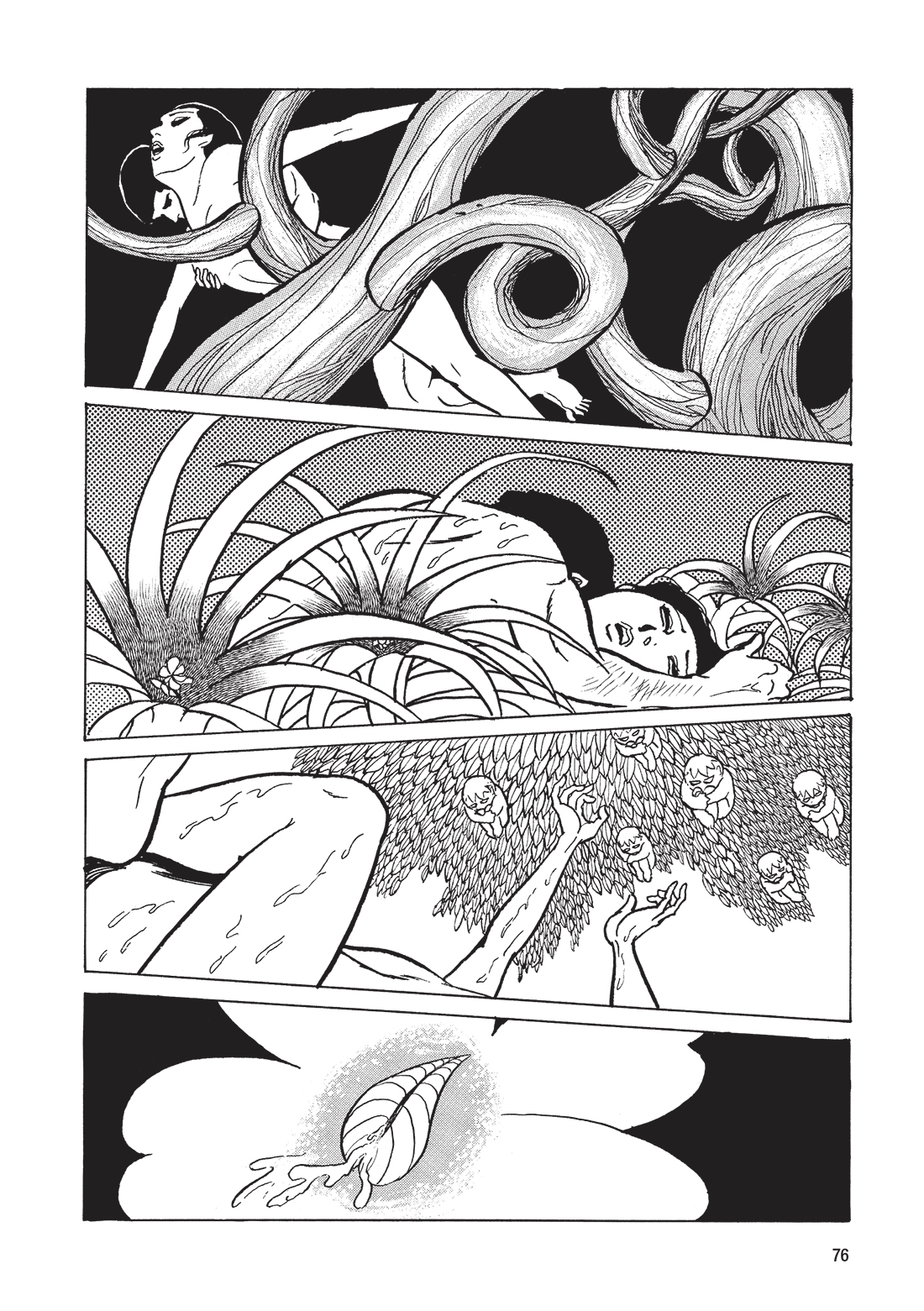
© Le Lézard Noir
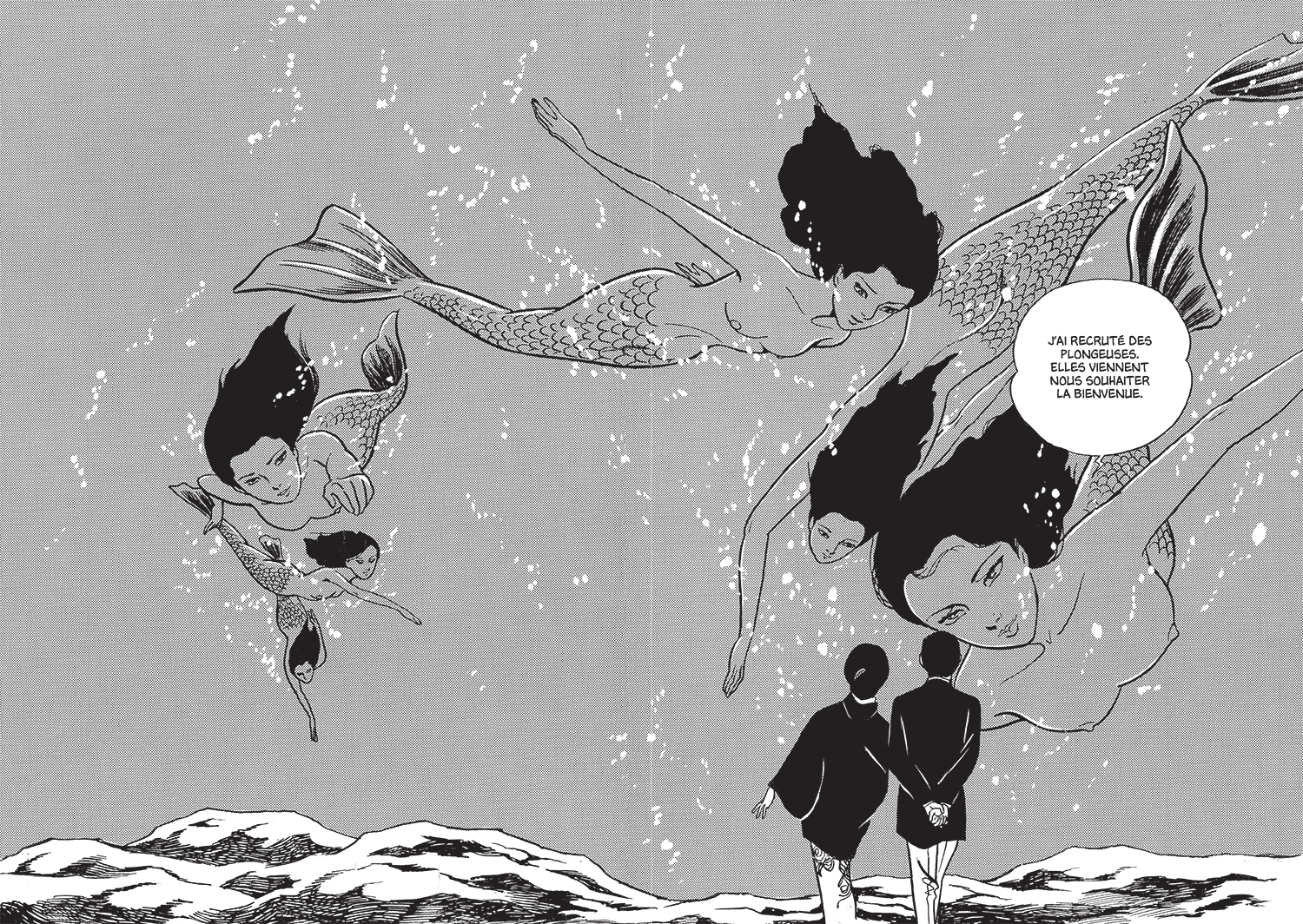
© Le Lézard Noir
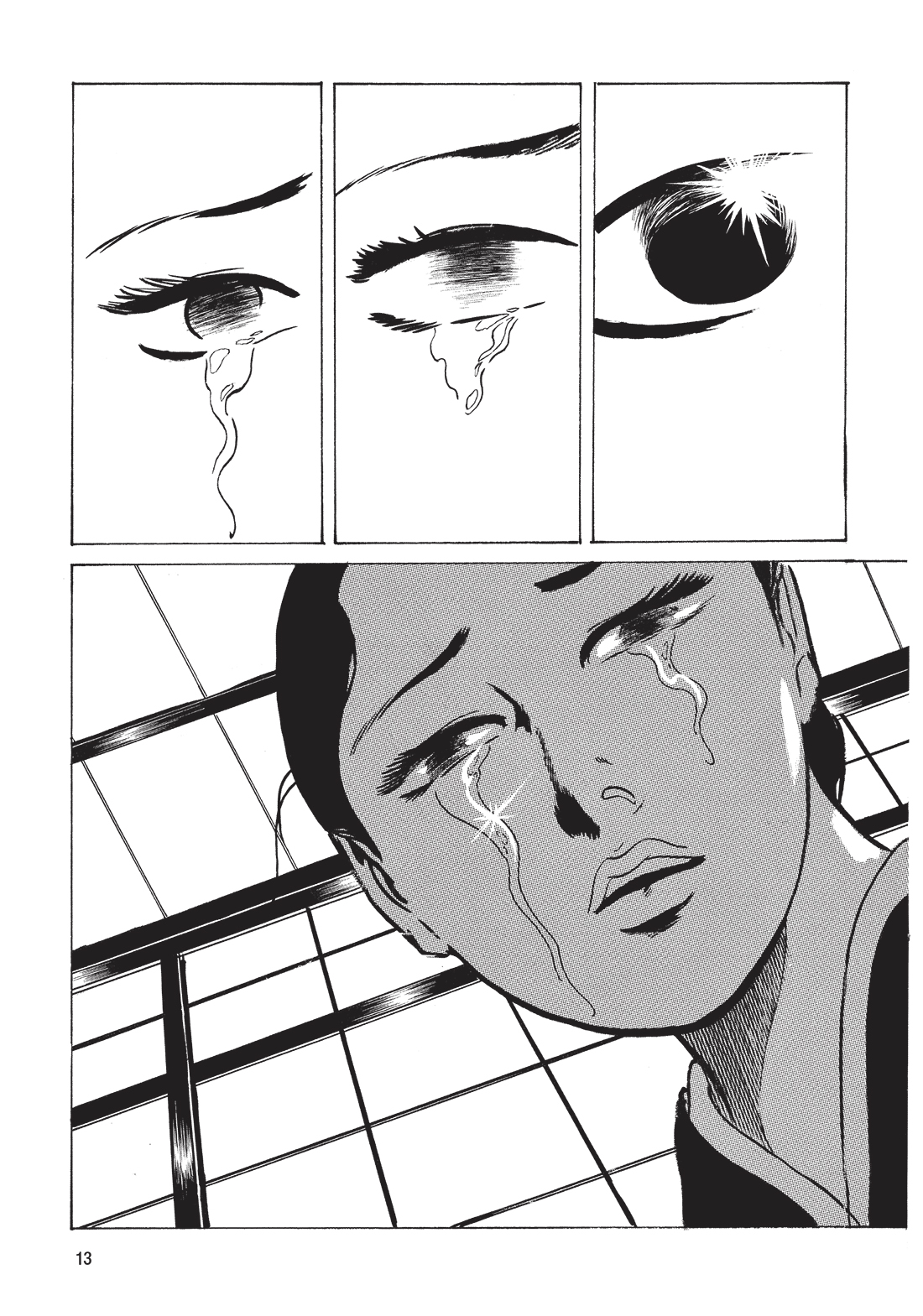
© Le Lézard Noir
TRENDING
-
The Tattoos that Marked the Criminals of the Edo Period
Traditional tattoos were strong signifiers; murderers had head tattoos, while theft might result in an arm tattoo.

-
Paris, Tokyo: Robert Compagnon
With his co-chef and talented wife, Jessica Yang, Robert Compagnon opened one of the top new restaurants in Paris: Le Rigmarole.
 3:31
3:31 -
Chiharu Shiota, Red Threads of the Soul
Last year, more than 660,000 people visited the retrospective 'Chiharu Shiota: The Soul Trembles' exhibit at the Mori Art Museum.

-
‘Before Doubting Others, Doubt Yourself. Who Can Truly Say a Dish Isn’t What It Used to Be?’
In ‘A Non-Conformist’s Guide to Surviving Society’, author Satoshi Ogawa shares his strategies for navigating everyday life.

-
The Story of Sada Yacco, the Geisha who Bewitched Europe
Described by Dazed magazine as the first beauty influencer, she has been restored to her former glory since 2019.





